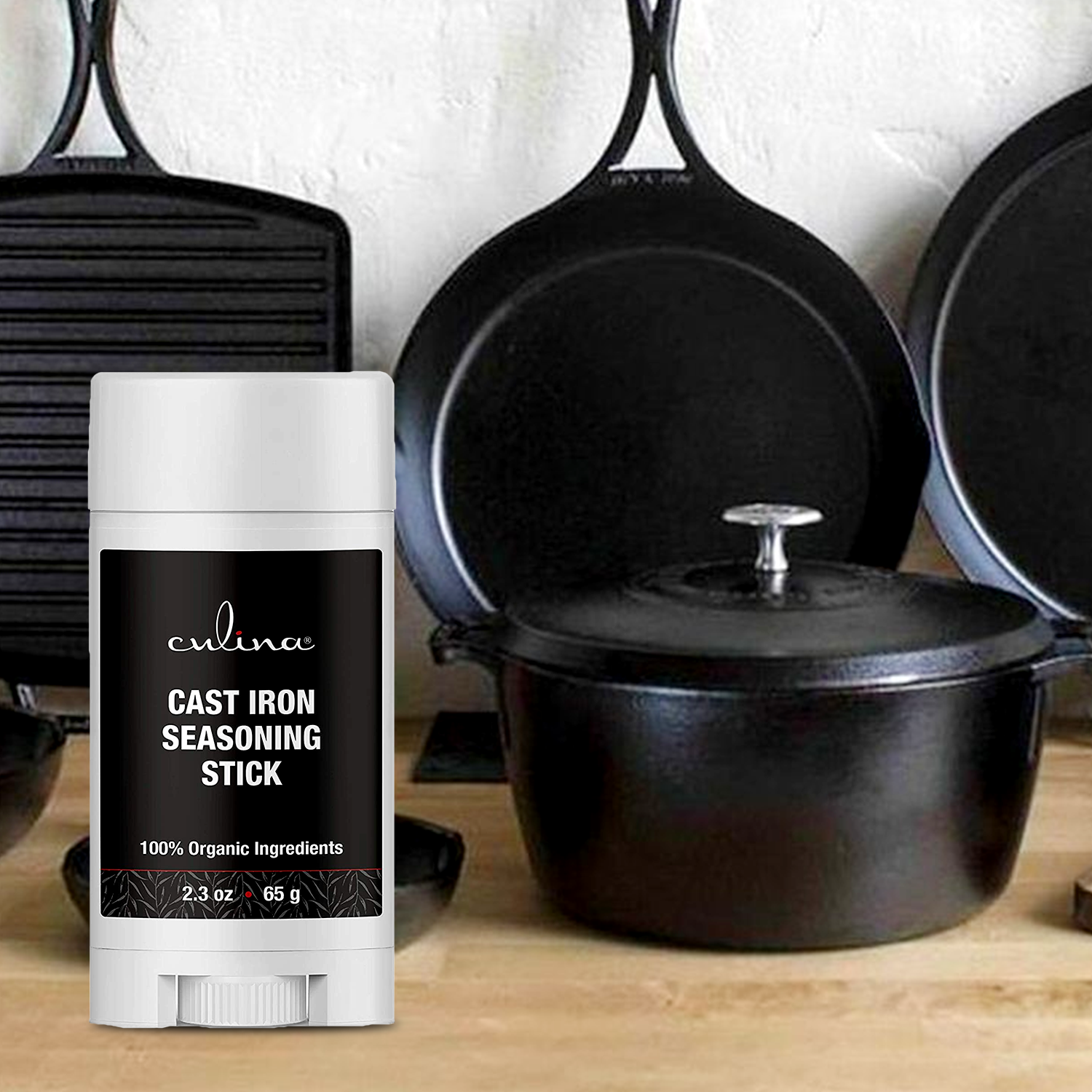When it comes to equipping a kitchen, one of the most valuable pieces of cookware you can invest in is a Dutch Oven. These versatile pots are not only excellent for slow-cooking, braising, and baking, but they also bring a touch of old-world charm to your kitchen. The main SEO keyword we will focus on in this article is ‘what is the most common size dutch oven‘. For professional chefs and home cooks alike, choosing the right size can make all the difference in your cooking experience.
So, you might be wondering, what is the most common size dutch oven? In this article, we’ll break down the most popular sizes, their uses, benefits, and much more.

1. Introduction to Dutch Ovens
Dutch Ovens have been a staple in kitchens for centuries. They are known for their ability to retain heat and cook food evenly.
The History of Dutch Ovens
The history of Dutch Ovens dates back to the 17th century in the Netherlands. The original design was made of cast iron and covered with a tight-fitting lid. It’s here we first saw the versatility of these pots.
:max_bytes(150000):strip_icc()/Which-Dutch-Oven-Size-Is-Right-for-You-FW-tout-72667962e9d849258bce69ba1e82a7b9.jpg)
2. The Most Common Size Dutch Oven
When discussing the most common size Dutch Oven, the 5 to 6-quart range is often considered the best choice for most households.
Let’s dive deeper into why this size is popular:
For Family Meals
A 5 to 6-quart Dutch Oven is perfect for cooking meals for a family of four. Whether you’re making a stew, casserole, or even baking bread, this size provides ample room for your ingredients.
Versatility in Cooking
Not only is this size ideal for family meals, but it’s also highly versatile. It’s large enough to handle larger cuts of meat yet small enough for side dishes.
Ease of Storage
This size strikes a balance between utility and storage. It’s not too bulky, making it easy to store in most kitchen cabinets.

3. Different Sizes for Different Needs
While the 5 to 6-quart Dutch Oven is the most common, other sizes are available to suit specific needs.
Small Sizes (1-4 Quarts)
These are great for side dishes or cooking for one to two people. They are also excellent for making sauces.
Medium Sizes (5-6 Quarts)
As mentioned, these are the most common and are perfect for family meals and versatile cooking.
Large Sizes (7-9 Quarts and Up)
These are ideal for big families, parties, or meal prepping. They can handle large roasts and big batches of soup or stew.
4. Materials and Construction
Most Dutch Ovens are made from cast iron, but they can also be found in stainless steel and ceramic varieties.
Cast Iron
Cast iron Dutch Ovens are the most traditional and offer excellent heat retention.
Enamel-Coated Cast Iron
These are easier to clean and do not require seasoning like traditional cast iron. Check out this guide for cleaning enameled cast iron.
5. How to Use a Dutch Oven
Dutch Ovens can be used for a wide variety of cooking techniques, including baking, braising, roasting, and even frying.
Baking
You can bake delicious loaves of bread in your Dutch Oven. The even heat distribution ensures a perfect crust every time.
Braising
Braising involves cooking meat slowly in liquid, making it tender and flavorful. A Dutch Oven is perfect for this method.
Roasting
From chicken to vegetables, roasting in a Dutch Oven ensures they cook evenly and retain their moisture.
Frying
Yes, you can even use your Dutch Oven for frying! Its high sides help prevent oil splatters, making it safer to fry in.
6. Why Size Matters
The size of your Dutch Oven can affect how well your food cooks.
Correct Size for Recipes
Using the correct size ensures your food cooks evenly without overcrowding the pot.
Portion Control
Having the right size Dutch Oven helps with portion control, ensuring you make just the right amount of food.
7. Tips for Choosing the Right Size
When choosing the right size Dutch Oven, consider the following factors:
Family Size
Think about how many people you’re typically cooking for.
Cooking Style
If you love to entertain, opt for a larger size to accommodate more food.
8. Care and Maintenance
Proper care and maintenance can extend the life of your Dutch Oven.
Cleaning Cast Iron
For cast iron, it’s essential to avoid using soap. Simply scrub with a brush and hot water. Here’s a detailed guide on cleaning Dutch Ovens.
Seasoning
If you have a traditional cast-iron Dutch Oven, it will need to be seasoned periodically to maintain its non-stick surface.
9. Recipes to Try
Here are some delicious recipes you can try with your Dutch Oven:
Pot Roast
A classic pot roast is perfect in a Dutch Oven. The slow cooking makes the meat incredibly tender. Learn how to cook pot roast.
Fresh Bread
Bake a beautiful loaf of bread with a crispy crust and soft interior. Find out how.
10. FAQs
Here are some frequently asked questions about Dutch Ovens:
How do I clean my Dutch Oven? Using warm water and a brush is the best way to clean your Dutch Oven. Avoid using soap, especially for traditional cast iron models.
What sizes do Dutch Ovens come in? Dutch Ovens come in several sizes, typically ranging from 1 quart to over 9 quarts.
Can I use a Dutch Oven on a stovetop? Yes, Dutch Ovens are suitable for stovetop use as well as oven use.
For more detailed information, feel free to browse other articles on our website like cleaning your Dutch Oven.
As an Amazon Associate, I earn from qualifying purchases.
As an Amazon Associate, I earn from qualifying purchases.

